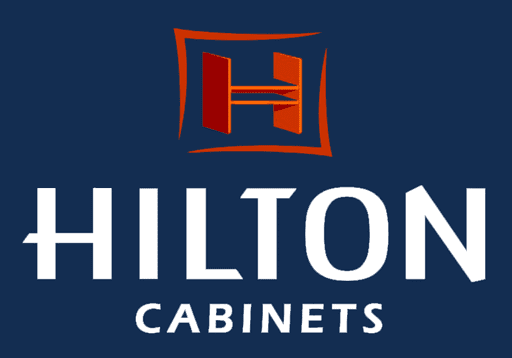TFM vs Thermafoil

Rigid Thermofoil (RTF)
Material Composition
RTF is made by applying a thin layer of vinyl (thermofoil) to an MDF (medium-density fiberboard) or particle board substrate. The vinyl layer is heated and vacuum-formed to adhere to the substrate.
Appearance
RTF can mimic the look of wood grain, solid colors, or other patterns. It often has a smooth, seamless appearance and can be made to look like more expensive materials.
Durability
RTF is generally durable and resistant to moisture and stains. However, it can be prone to peeling or warping if exposed to high heat, such as from a nearby oven or direct sunlight.
Applications
Commonly used for kitchen and bathroom cabinets, furniture, and other interior surfaces where a seamless, decorative finish is desired.

Thermally Fused Melamine (TFM)
Material Composition
TFM is created by fusing a decorative paper layer with melamine resin directly onto a substrate like particleboard or MDF using heat and pressure. The melamine layer is impregnated with resin to form a hard, durable surface.
Appearance
TFM also offers a variety of finishes, including solid colors, wood grains, and other patterns. The finish tends to be more matte compared to the often glossy look of RTF.
Durability
TFM is highly durable, resistant to scratches, stains, and heat. It generally withstands higher temperatures better than RTF and does not peel.
Applications
Widely used for cabinetry, office furniture, store fixtures, and countertops. It is particularly favored for high-traffic areas due to its durability.
